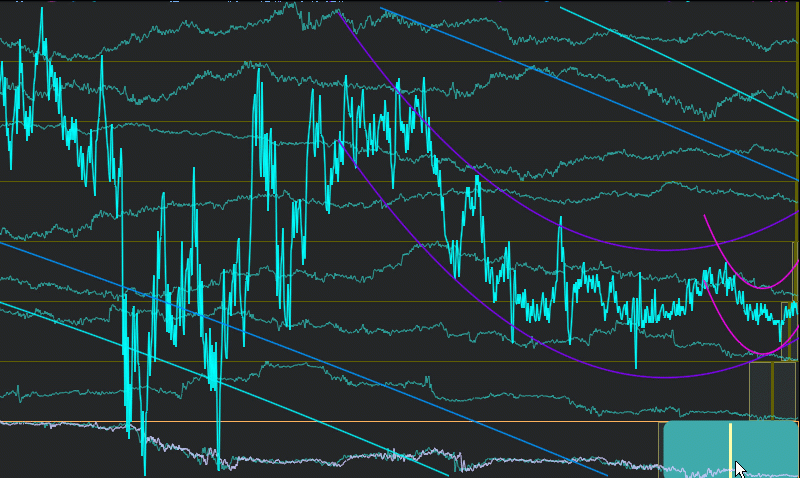You are missing trading opportunities:
- Free trading apps
- Over 8,000 signals for copying
- Economic news for exploring financial markets
Registration
Log in
You agree to website policy and terms of use
If you do not have an account, please register
The point is that when implementing something like this, you will inevitably encounter a catastrophic lack of slider length.
yeah, I've already encountered it ;)
made a long one
All this tambourine dancing was just for the purpose of
to see how really and most importantly from what and why the price moves.
it's all clear now ;))))
of course it is beautifully drawn in the terminal, but it is not true!
correct chart in the traileryep, bumped into it already ;)
made a long
All this tambourine dancing was just for the purpose of
to see how it really goes and, most importantly, what makes the price go and why.
Well, it's all clear now ;))))
in my opinion, it is much more convenient and visual to have a two-dimensional slider, the height coordinate of which is responsible for the scale.

Something like this:
in this case you need only one mouse click with movement to get to any moment of time of the whole history with any scale.
As for me, a two-dimensional slider with a height coordinate responsible for scale is much more convenient and visual.
Something like this:
you have a very cool one ;)
you got a really cool one ;)
Thanks,
I want to make a full-fledged one on WebAssembly (on Rust).
Thanks,
I want to make a full-fledged one of these on WebAssembley (on Rust)
Yeah.
The main thing is that you don't have to switch anything.
The minimum timeframe is scaled.
and I am puzzled - how is it that signals are different on different timeframes at the same price?
Who goes to the woods, who goes to the woods....
Timeframes are not even necessary in essence.
ticks are needed and that's all
Yeah
You don't have to switch anything.
the minimum timeframe is scaled.
and I'm puzzled - how come the signals are different on different timeframes at the same price?
who goes to the forest, who goes to the wood....
timeframes are not even necessary in essence.
You need ticks, that's all.
Yes, the current timeframe model is very inconvenient. Each bar of the senior TF contains a different number of minute bars. With such a structure, if the senior TF is smoothly reduced to the junior one, the charts will not coincide.
I'm not quite right
not scaled, but compressed.
The TFs disappear.I wasn't quite right
not scaled, but compressed.
TFmas disappearHelp me understand the concept of a graphical resource and how it differs from the concept of a graphical object in a graph.
For example, if I delete a graphical object created with Canvas using the ObjectDelete() function, and then in a loop I will create Canvas objects with different names again and again, but using the same instance of the Canvas class... and again delete graphical objects using ObjectDelete(). Is there any danger in this at all?
I just don't quite understand the difference between ObjectDelete() and C.Destroy() yet, but I'd like to understand....
I just don't quite understand the difference between ObjectDelete() and C.Destroy() yet, but I'd like to understand....
Canvas is an object to which an array of pixels is bound. The Resource is responsible for binding this array of pixels (see the bool function CCanvas::Create())
It is bad practice to delete and recreate a canvas all the time.
It is good practice to create a canvas when you need it and delete it when you don't need it anymore, for example, at the end of the programme.
Once you create a canvass object, you can clean it up, overwrite the pixel array every frame, resize the canvass and move it anywhere you want.